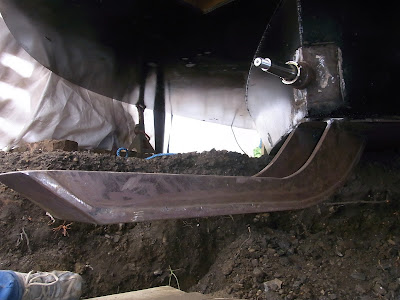







Diposting oleh hummy di 18.11 0 komentar
Label: boat making, filter, steps, tv, water
Diposting oleh hummy di 22.32 0 komentar
Label: boat making, launch, the, timeline





Diposting oleh hummy di 09.23 0 komentar
Label: 12dc, boat making, comfy, generator, seats



Diposting oleh hummy di 07.30 0 komentar
Label: boat making, painting





Diposting oleh hummy di 17.29 0 komentar
Label: arriving, boat making, is, stuff


Diposting oleh hummy di 06.46 0 komentar
Label: boat making, day, skeg


 I had previously made a handle for the transom that mounted into the chrome handle locations. We needed something beefy for holding and lifting the boat while on its side and it worked perfectly.
I had previously made a handle for the transom that mounted into the chrome handle locations. We needed something beefy for holding and lifting the boat while on its side and it worked perfectly.

 relief and the boat came into the garage and more bodies could get back onto the move. We rolled it back over and walked it over to the trailer and set her
relief and the boat came into the garage and more bodies could get back onto the move. We rolled it back over and walked it over to the trailer and set her down. I personally delivered a beer to Danny and we all commented that it was definitely worth waiting a few minutes for his arrival. Beers and drinks were distributed, bubble wrap and tape removed and pictures taken. The new baby is a beauty.
down. I personally delivered a beer to Danny and we all commented that it was definitely worth waiting a few minutes for his arrival. Beers and drinks were distributed, bubble wrap and tape removed and pictures taken. The new baby is a beauty. 
Diposting oleh hummy di 03.37 0 komentar
Label: a, boat making, born, is, squirt
 |
| Here you see about 85% of the old place. |
Diposting oleh hummy di 01.32 0 komentar
Label: boat making, construction, philosophy

Dara oversees the accuracy.


Diposting oleh hummy di 01.26 0 komentar
Label: beginning, boat making, the







Diposting oleh hummy di 17.01 0 komentar


 |
| If I used CA glue to close this up, Happie would have been miserable and I would have been devastated. ? ? |
 |
| Using a non-gassing glue made Happie happy. |
Diposting oleh hummy di 04.05 0 komentar
Label: boat making, gas, got


Diposting oleh hummy di 23.56 0 komentar
Label: boat making, varnish
Diposting oleh hummy di 09.35 0 komentar